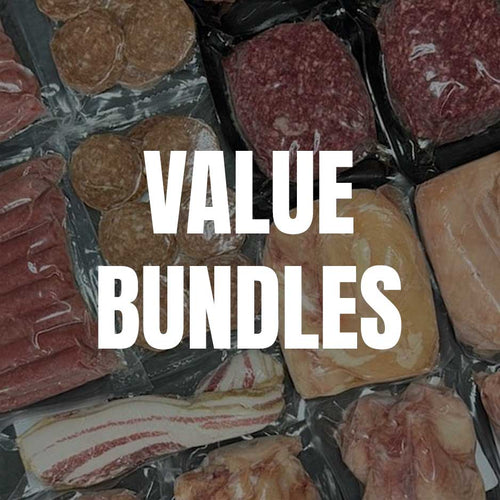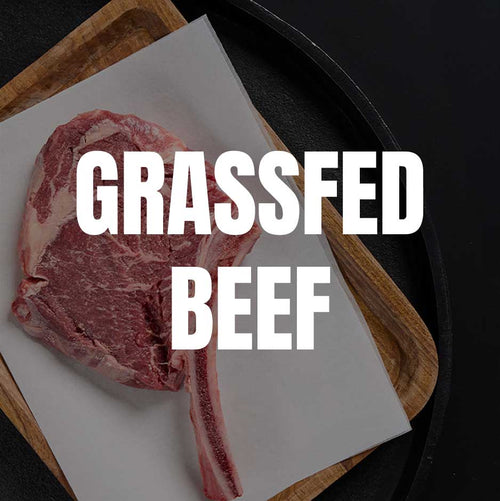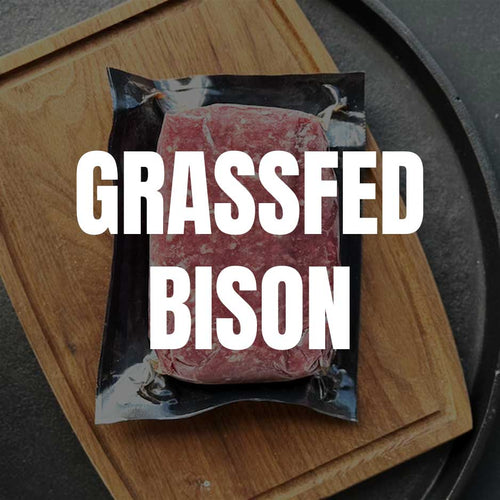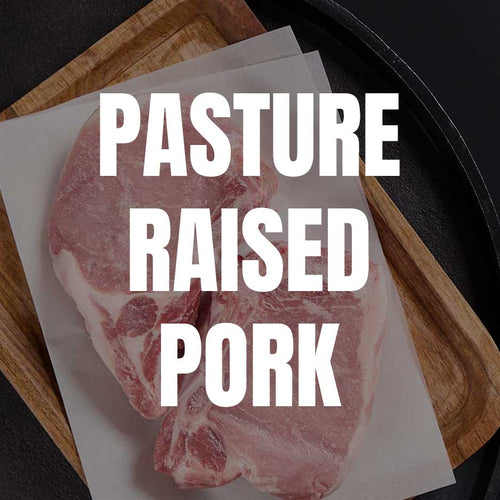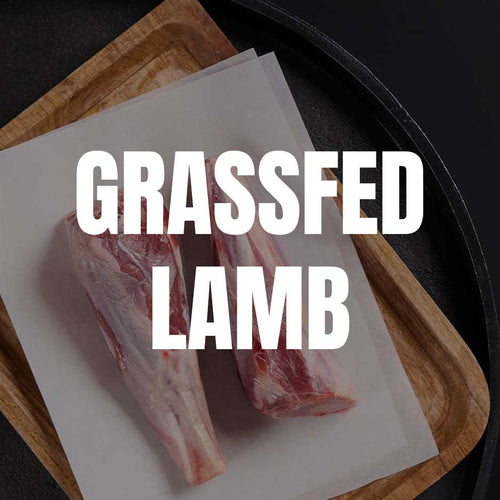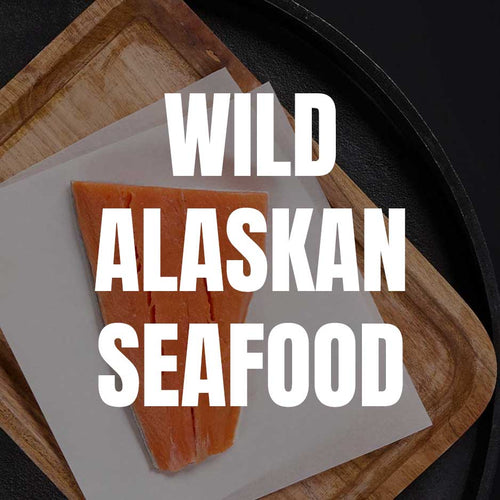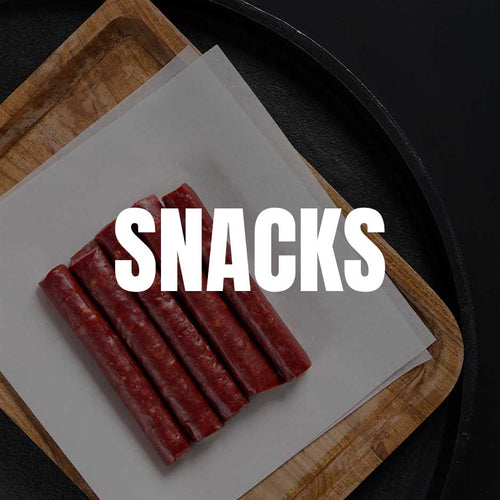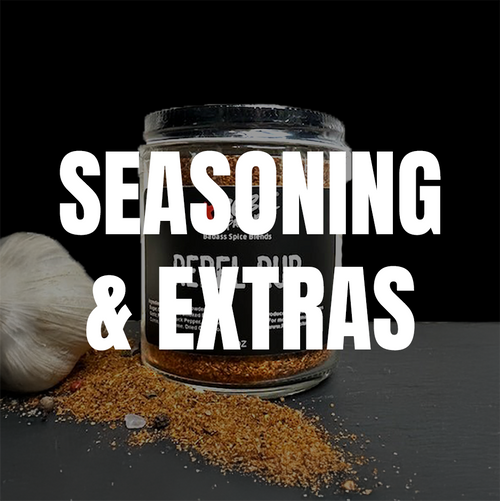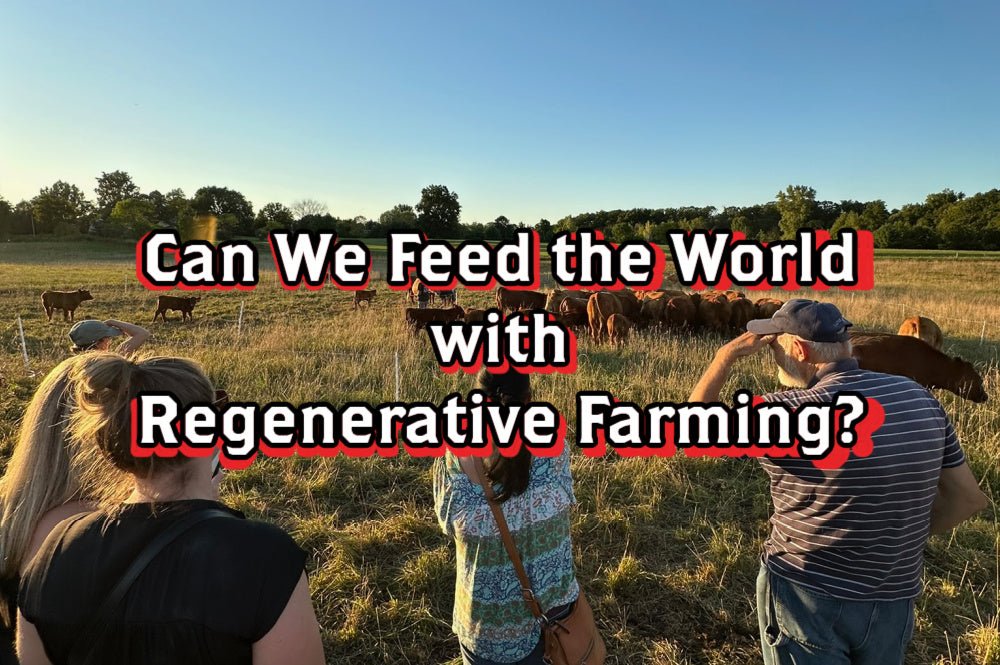
· By Jenni Bajema
Fed or Nourished? The Truth About Feeding the World With Regenerative Farming
If you’ve ever felt overwhelmed standing in the grocery store aisle, wondering what labels actually mean, or frustrated hearing that only “Big Ag” can feed the world... you’re not alone.
At our Pasture Walk last week, someone asked the question we hear often:
“Can regenerative farming really feed the world?”
It’s usually asked with doubt. Sometimes it’s even thrown at farmers like us as an accusation: How dare you criticize conventional farming - it’s the system keeping people fed.
But here’s the problem - this isn’t the truth. It’s a story that’s been sold to farmers and consumers for decades. Starting in the 1970s with “Get big or get out,” farmers were told it was their responsibility to feed the world… all while people in their own communities grew sick and hungry on processed junk from depleted soil.
Meanwhile, the land suffers. The soil weakens every year. Chemicals stack higher. Rural communities fade away. And you, standing in that aisle, are left with nutrient-deficient food, skyrocketing prices, and a system that isn’t built to nourish you at all.
A Different Path Forward
This is where Rebel Pastures comes in.
We’re not here to play the same game with bigger labels and shinier packaging. We’re here to mentor you into a different kind of food system - one that actually nourishes you, your family, and the land it’s raised on.
Here’s how regenerative farming changes the equation:
-
Healthier Soil = Healthier Food. Instead of degrading every year, regenerative land becomes more fertile, producing higher yields and more nutrient-dense food.
-
Resilience in Crisis. Our pastures hold water better, withstand droughts, and thrive in floods, while industrial fields collapse under climate extremes.
-
More from Less. By integrating livestock, cover crops, and perennials, regenerative farms actually grow more food per acre than monoculture fields.
-
True Sustainability. Lower inputs, healthier ecosystems, and long-term profitability (not dependent on subsidies) mean this system can last for generations.
And unlike industrial ag, it doesn’t poison water, create dead zones in the Gulf, or hollow out rural communities.
This isn’t about “feeding the world” with empty calories. This is about nourishing people with real, honest food while regenerating the land.
What Life Looks Like When You Choose Regenerative
So what happens when you step away from the lies of industrial ag and toward food raised regeneratively?
-
You’re not eating nutrient-deficient calories - you’re eating food that heals.
-
You’re not fueling corporate consolidation - you’re supporting small farms and rural communities.
-
You’re not dependent on a fragile, global supply chain - you’re connected directly to the farmers who raise your food.
That’s the life you arrive at when you choose Rebel Pastures. Food that regenerates - not just the land, but your health and your community.
So, can regenerative farming feed the world? Maybe the better question is:
Do you want to be “fed” by corporations—or nourished by farms that give a damn?
We believe the latter. And we’re building it—one pasture, one family, one honest meal at a time.
Share:
1 comment
-
I want to say thank you so much for what you are doing. We need more people like you and your family who care about what they provide to we the people. Your courage to break the pattern we find ourselves is to be commended. I personally am grateful to you for what you are doing. You are the new pioneers in this age by caring what you provide. You should be congratulated for providing healthy food. Thank you -much appreciated. Linda
Linda Glaske on


